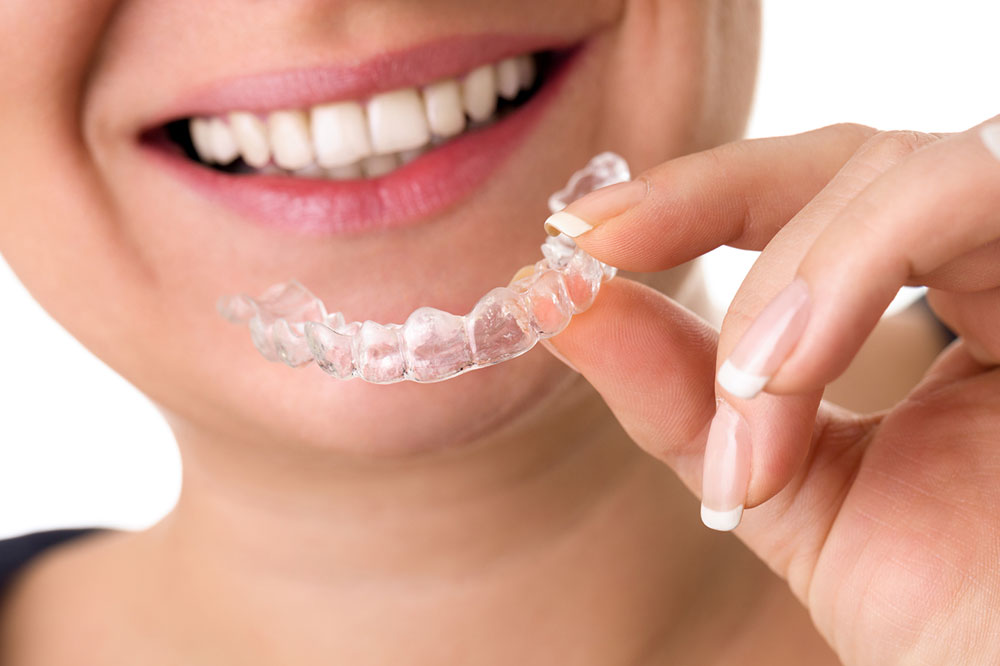Understanding Crossbites: Causes, Types, and Treatments
This article provides comprehensive insights into crossbites, including their types, effects, and treatment options. It emphasizes the importance of early intervention and outlines various correction methods suitable for children and adults, helping readers understand the significance of addressing this dental issue promptly to prevent long-term health complications.

Crossbites are often identified during childhood and typically do not resolve without intervention. This condition involves misalignment between the upper and lower teeth, affecting both the front and back teeth in some cases. Such malocclusion can lead to health issues if left untreated.
Comparing Crossbite to Normal Bite
Normally, the upper teeth slightly overlap the lower teeth when biting down. In a crossbite, this harmony is disrupted, causing improper contact and potential dental complications.
There are two main types of crossbites:
Posterior crossbite: The back upper teeth bite inside the lower back teeth. It's observed in 1-16% of children before permanent teeth emerge.
Anterior crossbite: The front upper teeth bite behind the lower front teeth, affecting approximately 4-5% of the population.
Potential impacts of a crossbite
If untreated, crossbites can cause various dental and health problems, including:
Tooth decay
Jaw muscle strain
Headaches in shoulders, neck, and back
Gum disease
Teeth grinding and abnormal growth patterns
Most critically, an untreated crossbite may lead to facial asymmetry, affecting confidence, especially in children.
Effective Treatment Options
Early treatment during childhood or teenage years is ideal, but adults can also consider corrective options. Treatments include:
Palatal expanders: Devices attached to the palate to widen the upper jaw, most effective during growth periods.
Removable expanders: For adult patients to help increase palate width.
Braces: To correct teeth alignment issues.
Surgical procedures: Rapid palatal expansion surgery involves breaking the jaw bone to widen the upper jaw under medical supervision.
Important Note: Always consult qualified dental professionals for diagnosis and treatment plans. The information provided is for educational purposes and should not replace professional medical advice.










